
Which LED Lighting Controls Should You Select for Your Parking Lot?
Selecting the appropriate parking lot LED light fixtures requires more than just selecting the correct fixtures. You also need to decide which LED lighting controls will work best in your parking lot. LED Lighting controls can range from DALI and internet-based controls, which are complex, to more simple LED lighting controls. This content will review the different types of lighting controls that you might use in your parking lot and the benefits and negatives of each type. When planning for your parking lot lighting and controls, be sure to check local ordinances, as local lighting ordinances frequently address or require specific lighting control requirements.
Manual Light Switch LED Lighting Controls
The most basic of all lighting controls is a manual light switch. This is the same switch that is on the wall of every room you enter. You enter and you flipped the switch. The light goes on. While this is a potential solution for parking lot lighting controls, it is not necessarily a logical one. Somebody must remember to turn the lights on. Somebody must remember to turn the lights off. Neither will probably happen on a regular or timely basis. This will work in a bedroom, but it is probably the worst lighting control solution that you could employ for a parking lot.
- Pros
- Inexpensive
- Simple to use
- Ubiquitous
- Cons
- You must remember to turn it on and off
- It is unlikely you will remember to turn it on and off
- Switches will not meet any lighting ordinances that require controls
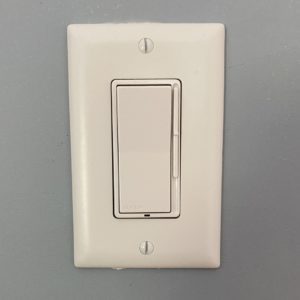
Time Clock Parking Lot LED Lighting Controls
There are two different types of time clocks, mechanical and electronic.
Mechanical time clocks are very reliable and easy to use. A dial has times noted on it. To set it the user places on and off arrows that tighten onto the dial.
Electronic Time Clocks are the digital version. Electronic time clocks are a little more complicated to use, but frequently offer more options, such as self-adjusting for sunrise and sunset times.
- Pros
- Inexpensive
- Simple to use
- It turns the lights on and off without you remembering
- Cons
- May require resetting when there is a power outage
- Lights may be on when the lights are not needed
- Needs to be reset when it starts to get dark early
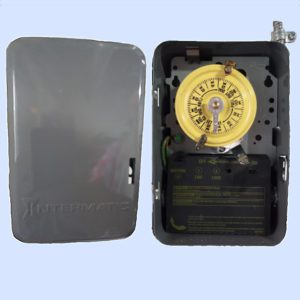
Photocell Parking Lot LED Lighting Controls
Photocells are a simple way to control LED parking lot lights. The lights go on at dusk and off at sunrise. There are two ways to deploy photocells. One way is to install a photocell on each fixture like a municipality does with streetlights. The alternative way is to install a remote photocell on the line between the power supply and the parking lot lights. Installed that way, all the lights go on and off at the same time.
- Pros
- Inexpensive
- Either preinstalled or installed by electrician in line so easy to use
- The lights on and off without you
- Cons
- Time clocks may require resetting when there is a power outage
- Dirty lenses can cause the lights to stay on during the day
- May not meet very specific or restrictive lighting ordinances
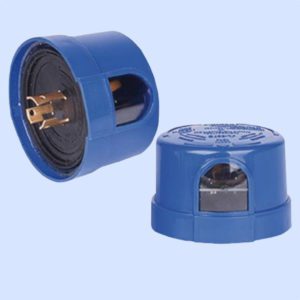
Photocells Combined with Time Clocks for Parking Lot Lighting Controls
Photocells and mechanical time clocks or electronic time clocks are two simple ways to control LED parking lot lights. Combined, they are an excellent way to control LED parking lot lights. This is how it is installed.
- The conduit leaves power supply which is typically the panel
- The conduit is run to a location where the time clock can be accessed and set
- Next the conduit is run to a properly located photocell
- Once the conduit exits the photocell it is run to each parking lot light
- If each parking lot light has a photocell, the conduit is run from the time clock to the light fixtures
- Se the time clock to go on in the late afternoon and to turn off at a logical time during the night
This lighting control plan works well, and, in many instances, it meets more rigorous lighting ordinances. The time clock lets power go to the photocells in the afternoon an hour or so before the earliest time it gets dark. Once it starts to get dark, the photocells turn on the LED parking lot lights. Once it becomes time to shut the lights off, the time clock turns off the power to the photocell and lights saving energy.
- Pros
- Inexpensive even with two types of controls combined
- Quite easy to use and the lights on and off without you
- Significantly reduces energy use
- Cons
- Lights may be on for hours when nobody is around
- Dirty lenses can cause the lights to stay on during the day
- Photocells work better combined with other options
Occupancy Sensor Parking Lot Lighting Controls
Occupancy sensors are available in multiple variations. The design of LED parking lot lights has evolved to the point that in many instances the occupancy sensor is hidden inside the light fixture. Occupancy sensors have advanced too. Some are programmable on site while others a preset at the factory. In parking lots common for each light fixture to have its own occupancy sensor. It should also be noted that most if not all occupancy sensors require either a photocell or a time clock to shut off the power to the parking lot fixture. Otherwise, the light fixture will continue to “be on” and draw some power. An occupancy sensor does not shut off the light fixture. The light fixture needs the photocell or time clock to cycle off. The following is a summary of occupancy sensor variations and options.
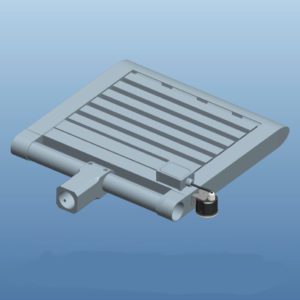
Basic occupancy sensors
Basic occupancy sensors will turn the light on when it recognizes the someone is in range. The light will stay on for a preset amount of time. If the occupancy sensor senses a continued presence, the length of time will be set back to the pre-set time. In other words, the light remains on as opposed to going off and then testing for someone being present.
Programmable occupancy sensors
Some occupancy sensors are preset at the factory. While there may be options, once set the program remains the same. Programmable occupancy sensors are programmable onsite. Many can be programmed via a handheld device. The handheld is then aimed at a single fixture or a row of fixtures within range and the program for those fixtures is updated.
Bi-Level Occupancy Sensors
Instead of simply turning the lights off like a more basic occupancy sensor, bi-level occupancy sensors, bi-level occupancy sensors dim the lights down to a predetermined percentage of the maximum light available when the area is unoccupied. That way the area with reduced illumination is still illuminated for safety or to appear open for business. Most bi-level occupancy sensors are programmable. It should be noted that bi-level occupancy sensors can only be used on LED light fixtures that have dimmable drivers.
- Pros
- Increases the energy efficiency of LED lights
- Lots of flexibility to meet the property manager’s preferences
- Meets almost if not all state and local light fixture ordinances
- Cons
- Additional expense
- Initial installation and operation are more complex
- Adds more points of failure
DALI Parking Lot Lighting Controls
DALI stands for Digital Addressable Lighting Interface. Managed by the International Electrotechnical Commission (IEC) through the IEC 62386 family of standards, the standard ensures the interoperability of all products using DALI. DALI facilitates two-way communication, meaning that it can precisely control many aspects of a lighting fixture. It can also read back the operational status such as light level, light failures, configuration, and emergency lighting battery tests.
Use of DALI is growing overseas but is still limited in use in the USA. DALI is complex and adding to the difficulty is a lack of trained personnel in the USA. To use DALI, the drivers in the LED parking lot light fixtures need to have DALI drivers and the drivers need to be programmed correctly. Most DALI installations are run via a computer and require a DALI trained professional to commission the installation.
- Pros
- Increases the energy efficiency of LED lights
- Flexibility to meet and monitor all preferences
- Facilitates meeting almost if not all state and local light fixture ordinances
- Cons
- Similar LED fixture cost as 0-10 diming but significantly more expensive to deploy
- Installation and operation are complex, complex, complex
- What happened to “Lights on – Lights off – No drama”?
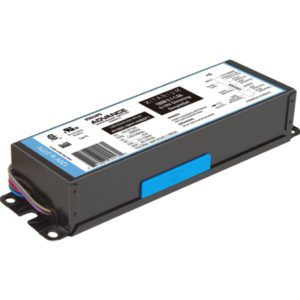
Wireless Parking Lot Lighting Controls
Wireless parking lot controls entered the marketplace with all kinds of heightened anticipation. Finally, there was an advanced parking lot lighting control system that didn’t require fancy wiring. While wireless controls have significant potential and offer the most options and flexibility, wireless controls have the highest upfront cost of any lighting control system.
Wireless controls require additional hardware to receive and send signals. The device is wired to the driver and the driver must be compatible, which means compatible to transfer information and capable of 0-10v dimming or able to accept 12v controls. Once the parking lot light fixtures are set up, they all communicate to one central control unit.
Deployed wireless control systems can handle functions as basic as turning the lights on or off as well as dimming. Better use is having the system collect data, send alerts to the system manager, and following pre-programmed if-then routines for lighting disruptions or failures. For example, a manager would know if a light failed without sending an employee to walk around a facility looking for a non-functional light.
For large applications a wireless control system provides ROI. Managers have complete system control. During periods of his or her facility’s peak demand, the manager could reduce the light levels reducing peak demand charges. On the other hand if the power supply company was maximizing power production and hitting power generation limits, power reduction might be monetized by the end user.
- Pros
- Comprehensive data on the performance of all parking lot lights
- Maximum control of all parking lot lights all the time
- Facilitates peak demand management and grid requests for reduced use
- Cons
- The most expensive parking lot lighting control system there is
- Ongoing cost for communication between lights and control system
- Complex, complex, complex
State Ordinances, Local Ordinances and Parking Lot Lighting Controls
Many state and local lighting ordinances now require lighting controls for parking lot lighting. While the ordinance might not specify the controls, the results are specified. Consequently, the lighting controls are required. For example, a state, city or town may specify that the lighting in a parking lot cannot be on after midnight, or, the ordinance might specify that the lighting has to be dimmed down to 20% from a maximum light level of 5 foot candles anytime nobody is present for 5 or more minutes. In any of these cases lighting controls are required to meet the ordinances. Access Fixtures’ lighting specialists and lighting engineers can review the lighting ordinances that need to be met and to advise you as to which lighting controls would best meet the requirements of the local ordinances.

2024 Best LED High Bay Lights
2024 Best LED High Bay Lights have features like selectable Kelvin, selectable wattage, EXTREME-LIFE, glare reduction, premium diffuser lens, and more. Click to view.

APTI: Low-Profile, IP67-Rated LED Flood Light
WORCESTER, MA, January 2018—Access Fixtures launches APTI LED flood light fixtures. These efficient, low-profile, IP67-rated flood lights represent the latest in LED flood light technology and commercial lighting design. Featuring an incredible L70 rated life of...

How To Prevent Light Trespass in Outdoor Lighting Projects
Light trespass is important to consider in any lighting project. Across the United States, many cities and towns require the use of shielded fixtures; full-cutoff fixtures; and comprehensive prevention of light trespass, glare, and light spill. How can you respect these lighting regulations, achieve the light levels you need, and avoid any light pollution or nuisance lighting complications?

ARTO: Wildlife and Turtle-Friendly LED Garage Lighting
WORCESTER, MA, December 2017—Access Fixtures launches ARTO turtle and wildlife-friendly garage lights. These energy-efficient, IP65-rated wildlife and turtle LED garage lighters comply with wildlife and monochromatic security system regulations, boasting extreme rated...

APTI: Intuitively Designed, IP67-Rated LED Sport Light
WORCESTER, MA, December 2017—Access Fixtures launches APTI LED sport light fixtures. These efficient, low-profile sport light fixtures feature easy-to-replace LED modules, an IP67 rating and a long rated life. These fixtures represent the latest in LED sport light...
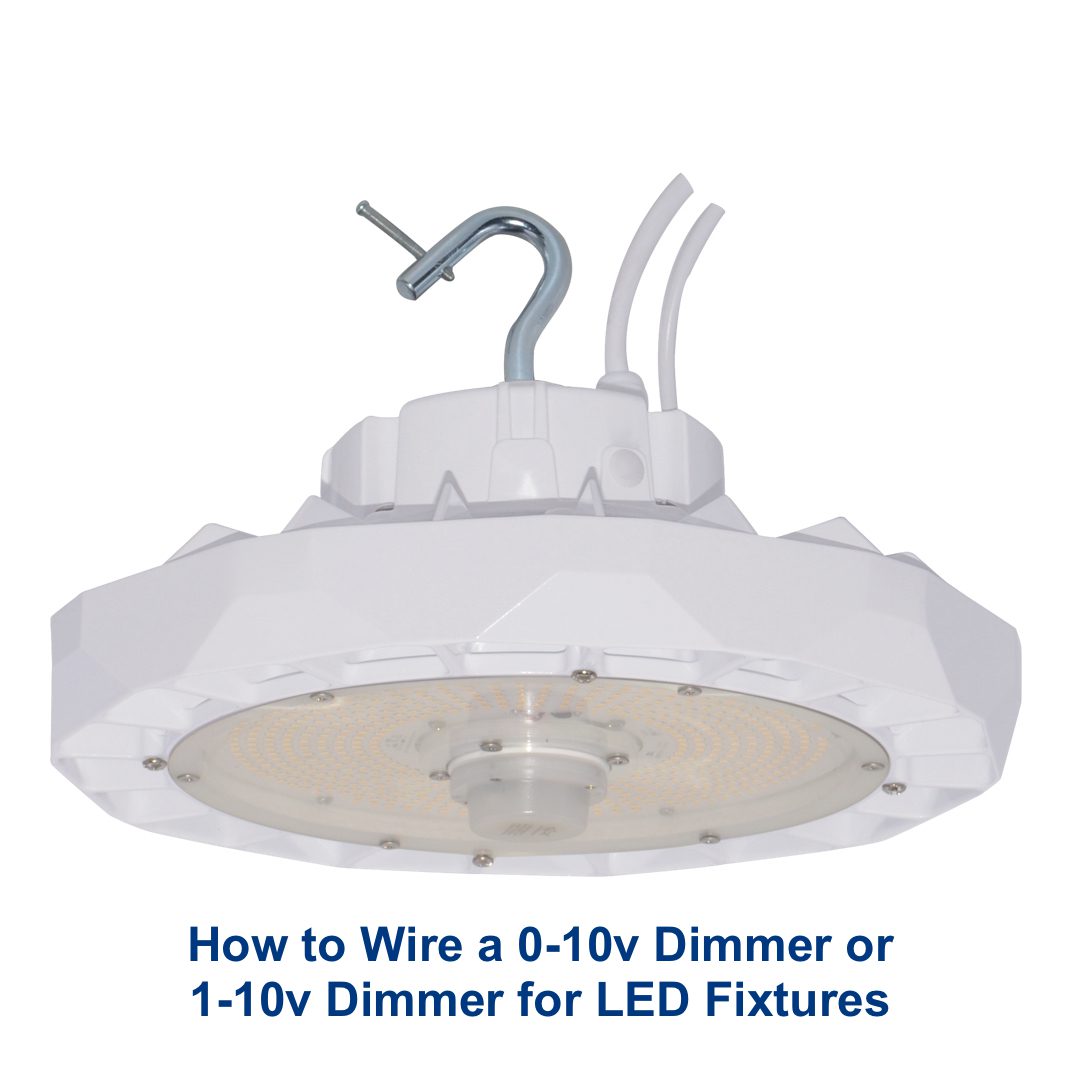
How to Wire a 0-10v Dimmer or 1-10v Dimmer for LED Light Fixtures
How to Wire a 0-10v Dimmer or 1-10v Dimmer for LED Fixtures

Outdoor Pathway Lighting: 3000K Ambient Bollard Lighting
WORCESTER, MA, November 2017—Access Fixtures announces the newly available 3000K color temperature in a large selection of their bollard and outdoor path lighting fixtures. Now available in 3000K, this warm-white Kelvin temperature is a calm and inviting color...

Full-Cutoff, Dark-Sky-Compliant LED Exterior Wall Light
WORCESTER, MA, November 2017—Access Fixtures launches new ANGO LED exterior wall lights. These dark-sky-compliant, full-cutoff wall packs are designed with a stylish rounded exterior and strong, tempered clear glass for durability. Each ANGO LED exterior wall light...

SARC: Efficient, Exterior LED Square Wall Light Fixture
WORCESTER, MA, October 2017—Access Fixtures releases LED square wall light fixtures built for efficiency and reliability. The exterior-grade SARC family is ideal for indoor pool rooms, locker rooms, outdoor pools, and elsewhere. These attractive fixtures throw light...

SHOB: Efficient, Durable LED Wall Pack – Photocell
WORCESTER, MA, October 2017—Access Fixtures launches new SHOB LED wall packs with photocell, designed to replace HID lighting systems. These LED wall pack - photocell fixtures deliver extraordinary light and are ideal for lighting property entrances, storage...

Flickering LED Lights: A Complete Troubleshooting Guide For Flicker
Though LEDs are typically problem-free, sometimes flickering LED lights can be an issue. We explain how to troubleshoot your LED lamps.

ZIBO: High-Powered, Efficient Outdoor Wall Pack
WORCESTER, MA, September 2017—Access Fixtures launches new forward throw outdoor wall pack. ZIBO wall packs are ideal for illuminating exterior entry lighting, wall lighting, apartment buildings, brick facades, storage facilities, schools, and elsewhere. These...

How to Upgrade to LED Wall Packs—HID to LED Conversion
Determining the best LED equivalent wall packs for your outdated HID units can be complicated. Whether switching from high-press sodium (HPS) or metal halide (MH), there are a hundred questions to ask about wattage, delivered light, photopic and scotopic lumens, and...

Tennis & Pool Revamp – Outdoor LED Flood Light Solution
Someone on the board of directors for a local community association recently contacted Access Fixtures. They were searching for a lighting solution for a double tennis court and an adjacent swimming pool. His goal was to create a permanent and energy-efficient...

HEZE Cutoff Wall Pack: Efficient and Dark-Sky Compliant
WORCESTER, MA, September 2017—Access Fixtures launches HEZE full cutoff wall packs. These fixtures boast incredible efficacies due to their LED-conscious construction and LED output and are designed for entry lighting, apartment buildings, brick facades, and...

How to Install Motion Sensor Light – Installation Guide
A motion sensor is a tool used to detect movement. The device contains an electronic sensor that is triggered by motion, typically used to alert presence of a moving object within a specific field of view. Motion sensors are often used for security applications,...
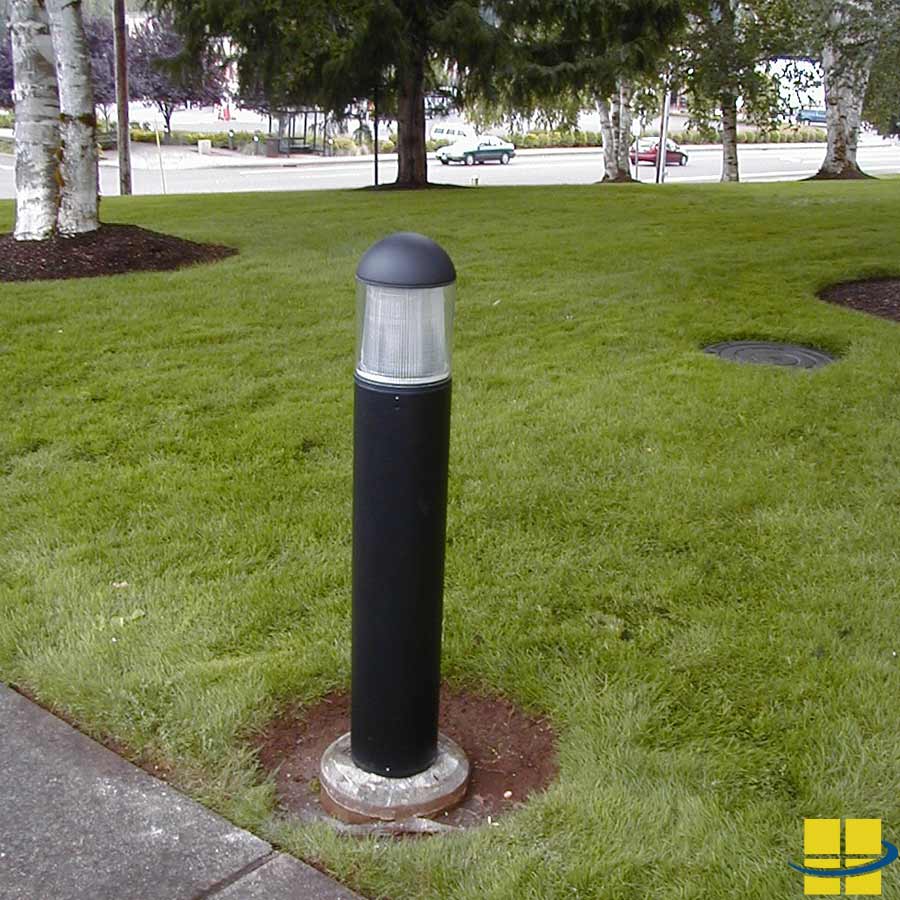
Bollard Light Post Installation – Replacement Lighting Without New Cement
When bollard lights need replacing, they can be done without pouring new cement. Here is an easy bollard light post installation guide.

JORA LED Wall Packs: Long Life, Turtle- and Wildlife-Friendly
WORCESTER, MA, August 2017—Access Fixtures launches JORA cutoff wall packs, designed for long-life LED applications and any location requiring wildlife-friendly lighting. For turtle and wildlife protection, the JORA wall lights LED emit amber-colored light above 560...
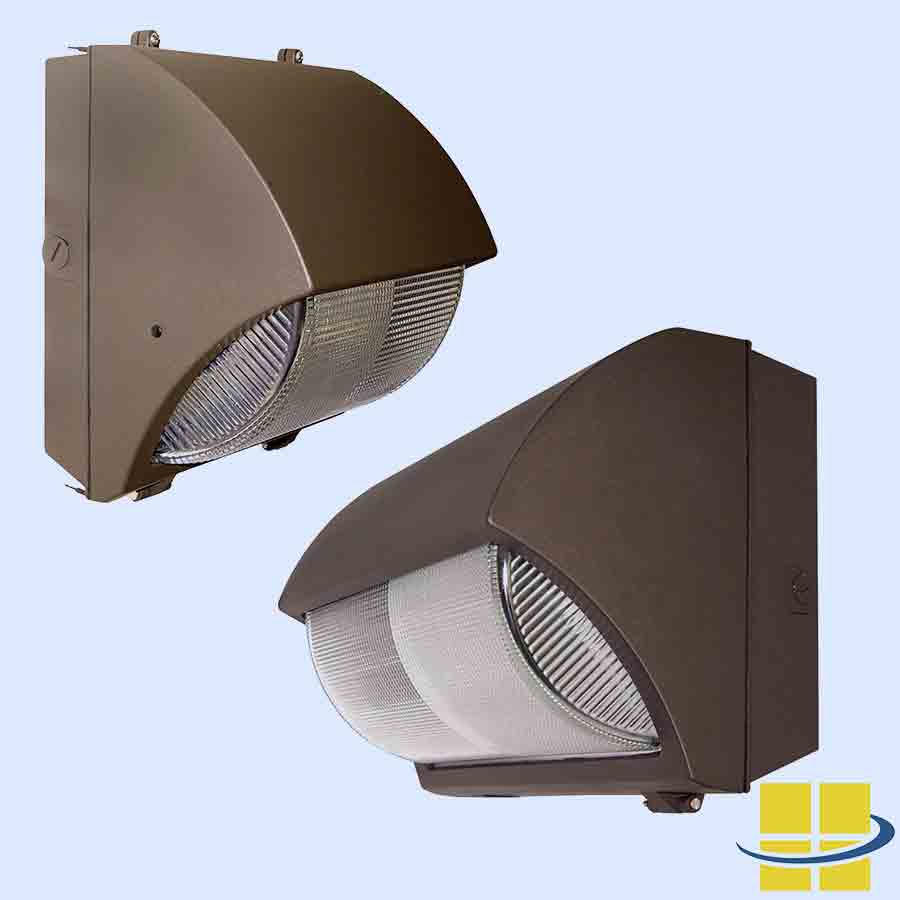
Learn About The ACCO: The Ultimate Cost-Effective LED Wall Pack Lights
WORCESTER, MA, August 2017—Access Fixtures launches new ACCO LED wall pack lights. ACCOs use a familiar housing style but take advantage of the energy efficiency and performance of LEDs. These forward-throw LED wall packs are suitable for a variety of commercial...
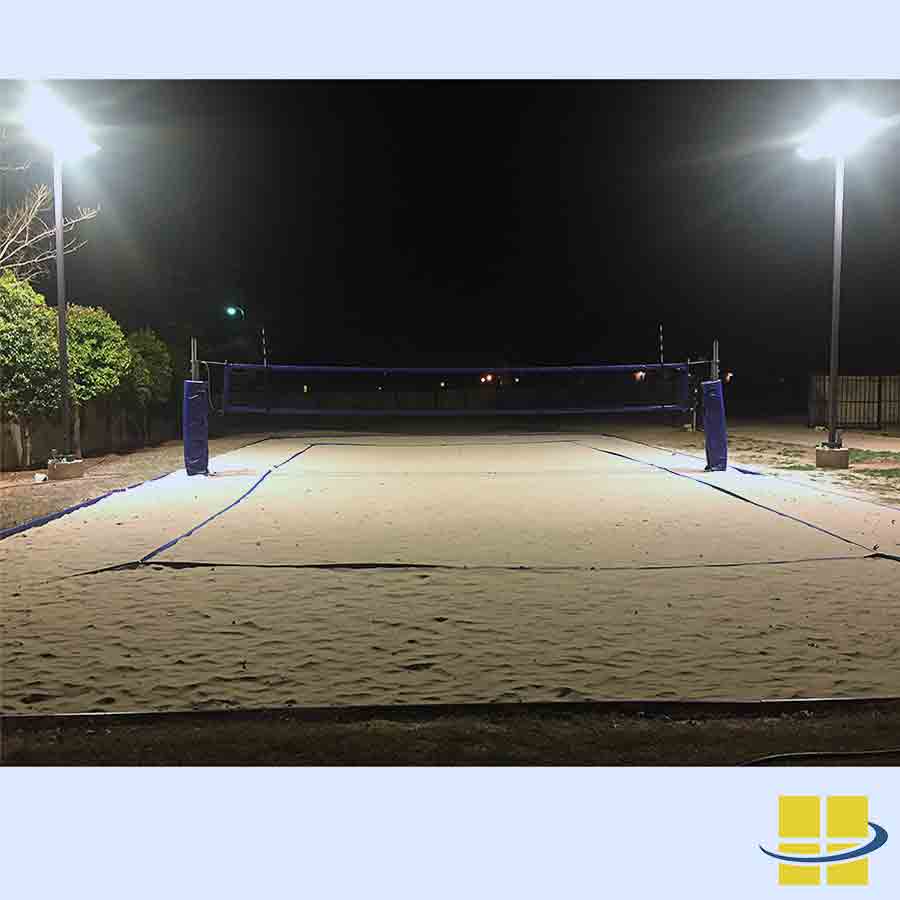
Backyard Volleyball & Recreational Volleyball Lighting
WORCESTER, MA, August 2017—Access Fixtures launches new, recreational-level LED volleyball lighting packages. Each package includes everything you need to light a recreational or backyard volleyball court with an incredible amount of light output. The price you see is...

High-Efficacy LED High Bay Lights Price Breakthrough
WORCESTER, MA, August 2017—Access Fixtures announces an LED high bay price breakthrough. Due to streamlined production processes and leaps in LED technologies, Access Fixtures can offer unbeatable prices (less than one dollar per watt!) on OTAT high bay fixtures. For...

Bolt-Down Pole Installation – Guidelines & Requirements for Install
Bolt-down pole installation involves significant steps for safety & performance. Learn about groundwork, foundations, local codes, and more.
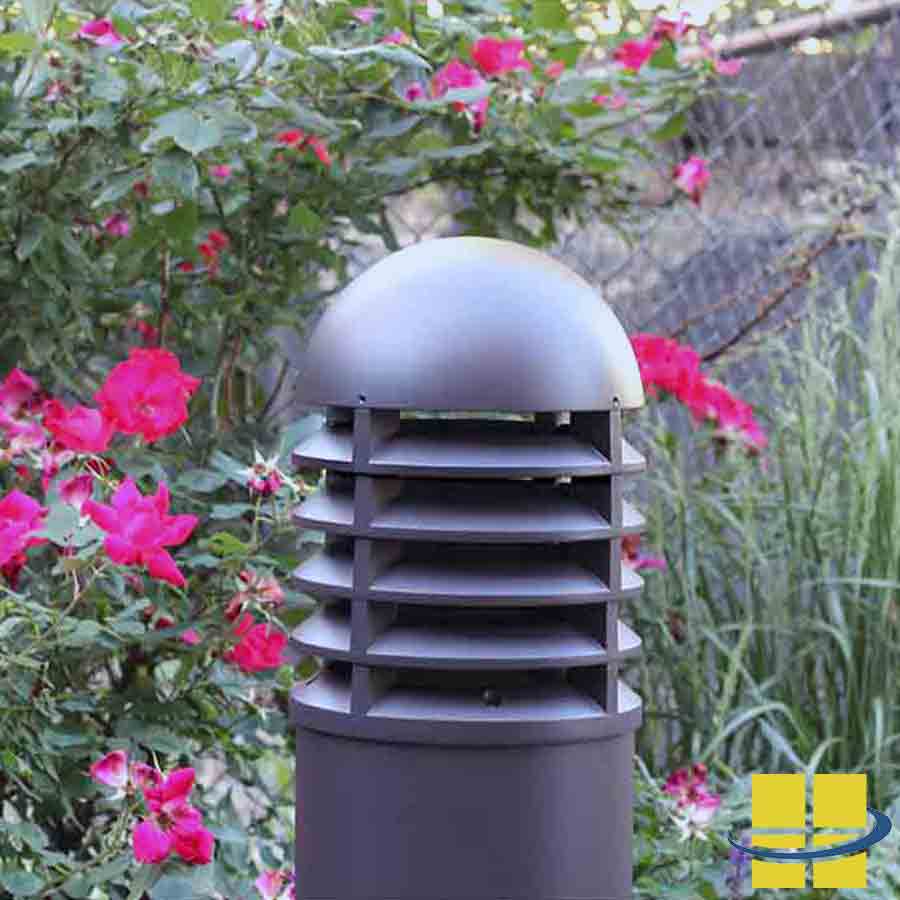
Marine-Grade, Lens-Free, Vandal-Resistant Bollard Lights LED
WORCESTER, MA, July 2017—Access Fixtures releases a new class of bollard lights: double-coated, marine-grade, louvered LED bollard lights. These fixtures are part of the “MARI” family at Access Fixtures and are ideally suited for coastal environments and waterfront...

Access Fixtures Launches New Low-Cost, Exterior Round Wall Lights
WORCESTER, MA, July 2017—Access Fixtures releases a new low-cost LED round wall light built for efficiency, quality assurance, and reliable performance. The exterior-grade CIRC family offers a range of IP65 and IP67 fixtures that are ideal for recreational facilities,...

Rodeo Arena Lighting: Safe, Efficient Lighting Solution
Lighting for rodeo arenas is advancing and becoming more complex every day. Ensuring your rodeo is appropriately lit is important for the safety of both the public and the animals, too. Safety, aesthetics, and electricity costs are just three reasons why you must put...

Shadow-Free Mechanic Shop Lighting Solution
The Problem A customer recently contacted Access Fixtures for a lighting solution in his Illinois auto detail and waxing shop. His primary goals, which are the goals of any auto body and detailing shop, were to achieve better lighting and consistent light levels and...

Access Fixtures Launches Competitive-Level LED Tennis Court Lighting
WORCESTER, MA, June 2017—Access Fixtures releases new LED tennis court lighting packages for club-level and competition-level play. Each package comes with poles, mounting hardware, LED fixtures, and a full photometric design. They set a new industry standard for LED...
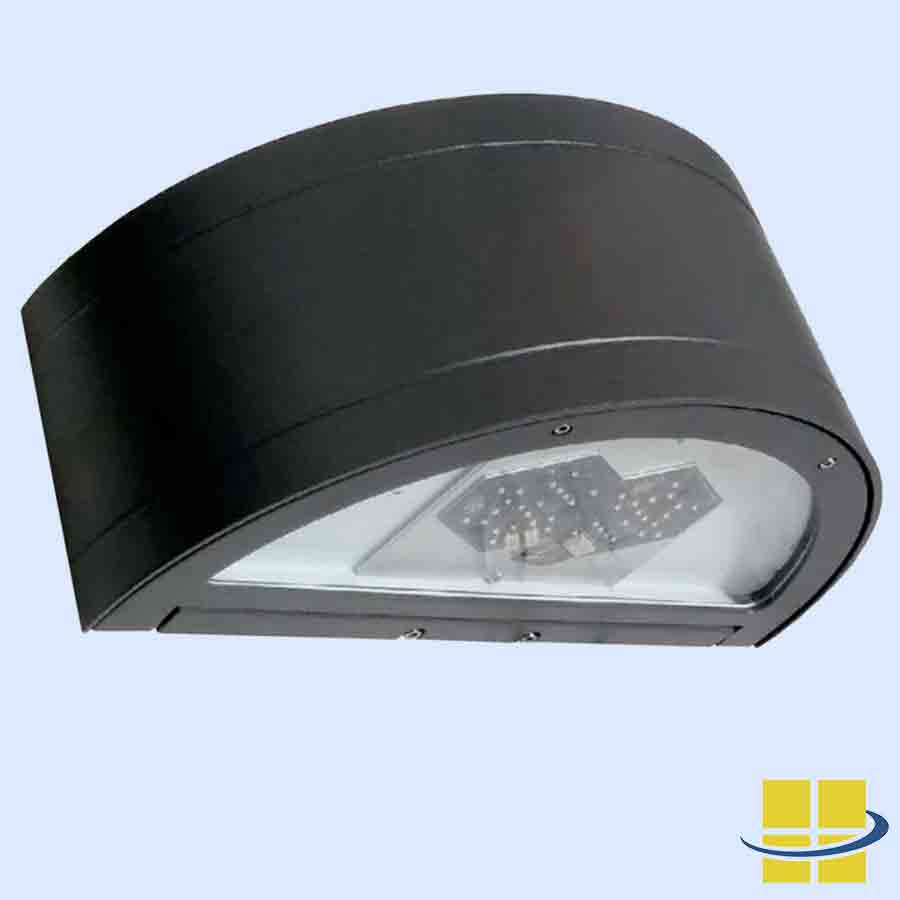
Access Fixtures Launches New BAKU LED Wall Packs
WORCESTER, MA, June 2017—Access Fixtures releases high-powered, architectural BAKU LED wall packs. This line includes full cutoff and up/down LED wall packs available in 3000K–5700K and turtle- and wildlife-friendly light sources. This range and the number of optional...
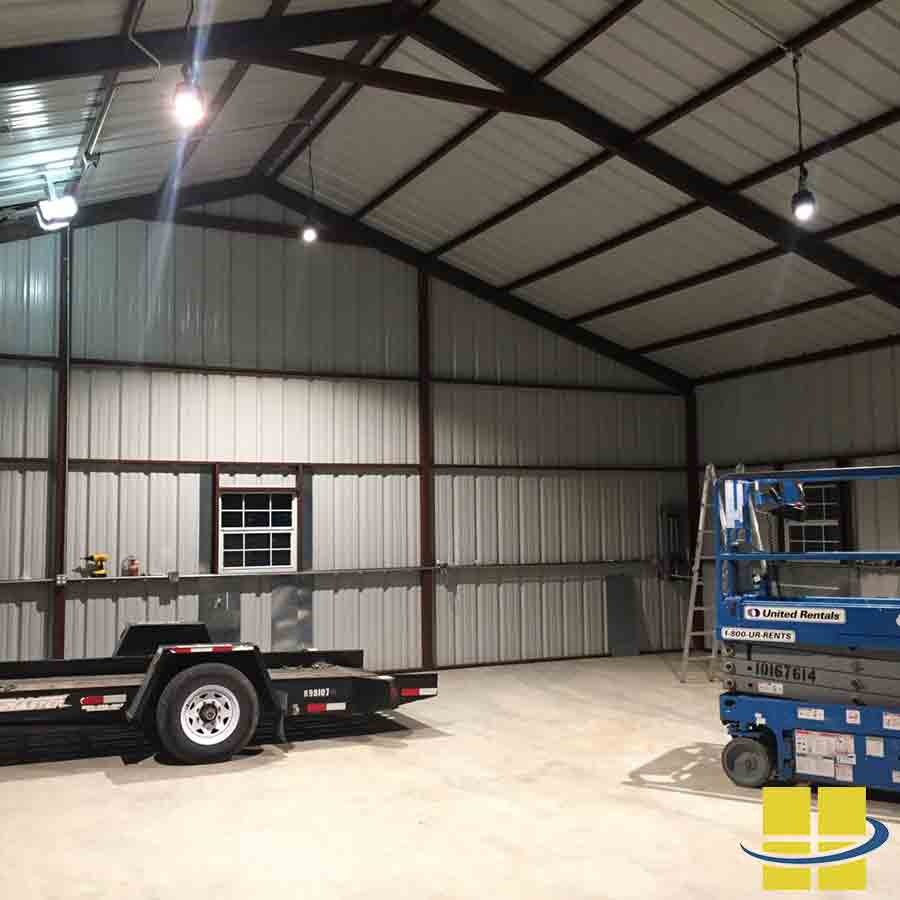
Flicker-Free Lighting: Learn How & Why It Is Important
Recently, a customer contacted Access Fixtures looking for a lighting solution for his new “man cave.” The area being lit was just recently built and featured a 15’ ceiling. The customer intended to use the space for martial arts, activities with his son, and for...

LED News from LIGHTFAIR 2017: Lighting Trends and Observations
Each year, members of the Access Fixtures team attend LIGHTFAIR to investigate new technologies, LED news, and jump on the latest trends in the lighting industry. This year, we traveled to Philadelphia for LIGHTFAIR 2017 and left with new leads, ideas, and exciting...

LED Bollard Installation – Step-by-Step Guide to Install LED Bollards
Are you a licensed electrician or just want to know how bollard lights are installed? This bollard installation guide is made for you.

Outdoor Solar Light Batteries: (LiFePO4) LED Solar Lighting Batteries
A comprehensive guide into the intricacies of LiFePO4 batteries, exploring advantages, technical specifications, and practical applications.

400w Metal Halide LED Replacement for Warehouse High Bays
Recently one of our customers needed to replace multiple 400w metal halide high bay fixtures with LED high bay fixtures. 400w metal halide (MH) high bays were in a 100' x 200' shipping warehouse. MH lighting was old and many of the fixtures didn't work. Our customer...
